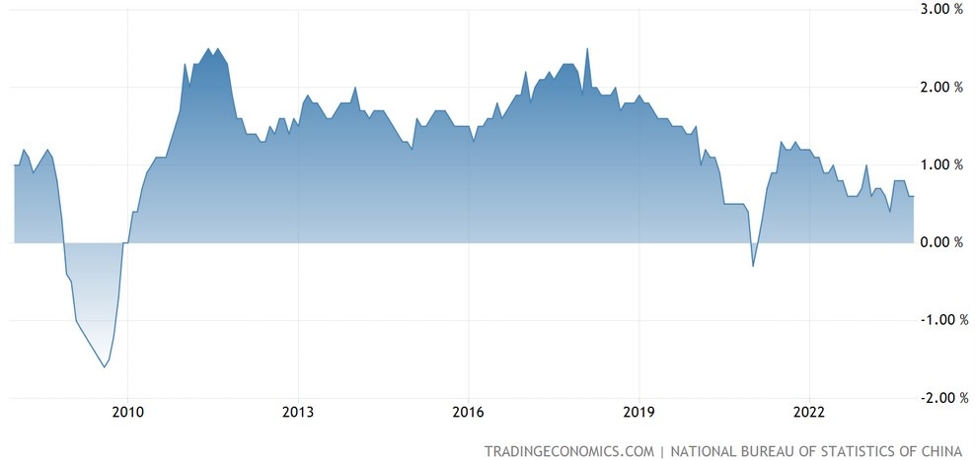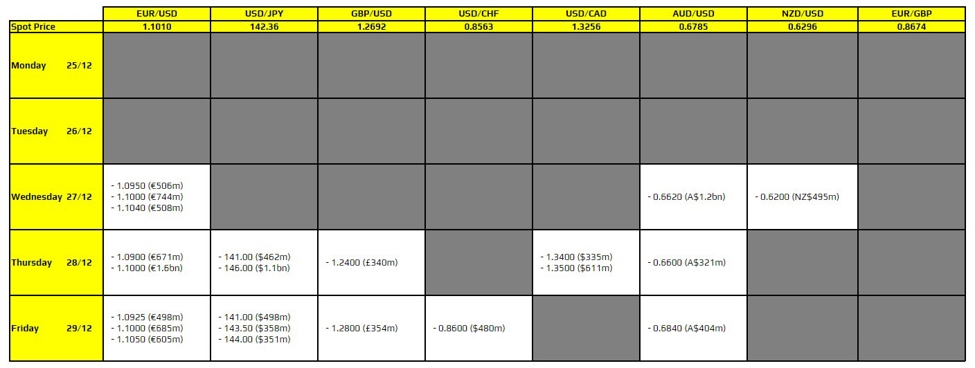Trump looks to have gone soft on tariffs and that’s weighing on the dollar as we look to the final stages this week. It has been a week filled with headlines from the man but the latest ones definitely stand out. He said that he would rather not use tariffs against China and instead look to it as something to keep China in check.
At most for the time being, we might get 10% tariffs on Chinese imports. However, that’s a far cry from the supposed 60% tariffs he was touting during his campaign.
If he’s gone soft on China, is he going to not take such a hard stance against other countries as well? Perhaps.
In any case, the tailwind that the dollar had since December has officially switched sides. The greenback felt like it had the Trump card, literally speaking, in the game coming into the turn of the year. But did it really?
If you recall, Trump’s take on the dollar this time around is the complete opposite of his first term in charge. He wants a weaker dollar, or so he said last year. As mentioned in the linked post, the only realistic option for that is to pressure the Fed into cutting rates quicker. And that looks to be precisely what we’re seeing from the man now.
In case you missed it, he now proclaims to “know interest rates better than the Fed” and wants rates to be cut “immediately”.
Still, it doesn’t mean the Fed will budge from their current policy stance. Their mandate outweighs any political influence but Trump could very well help to smooth things along if all he does is just talk the talk on tariffs but doesn’t walk the walk.
That will help with regards to inflation fears but we might have to wait a few more months to be more assured of that. And Fed policymakers would surely prefer that as well. After all, you never know when Trump might suddenly change his mind in all of this.
But for the time being at least, it looks like the dollar just got Trump-ed to start the new year. With tariff fears abating, the emphasis will switch back towards inflation and labour market data to see how things progress from here.















